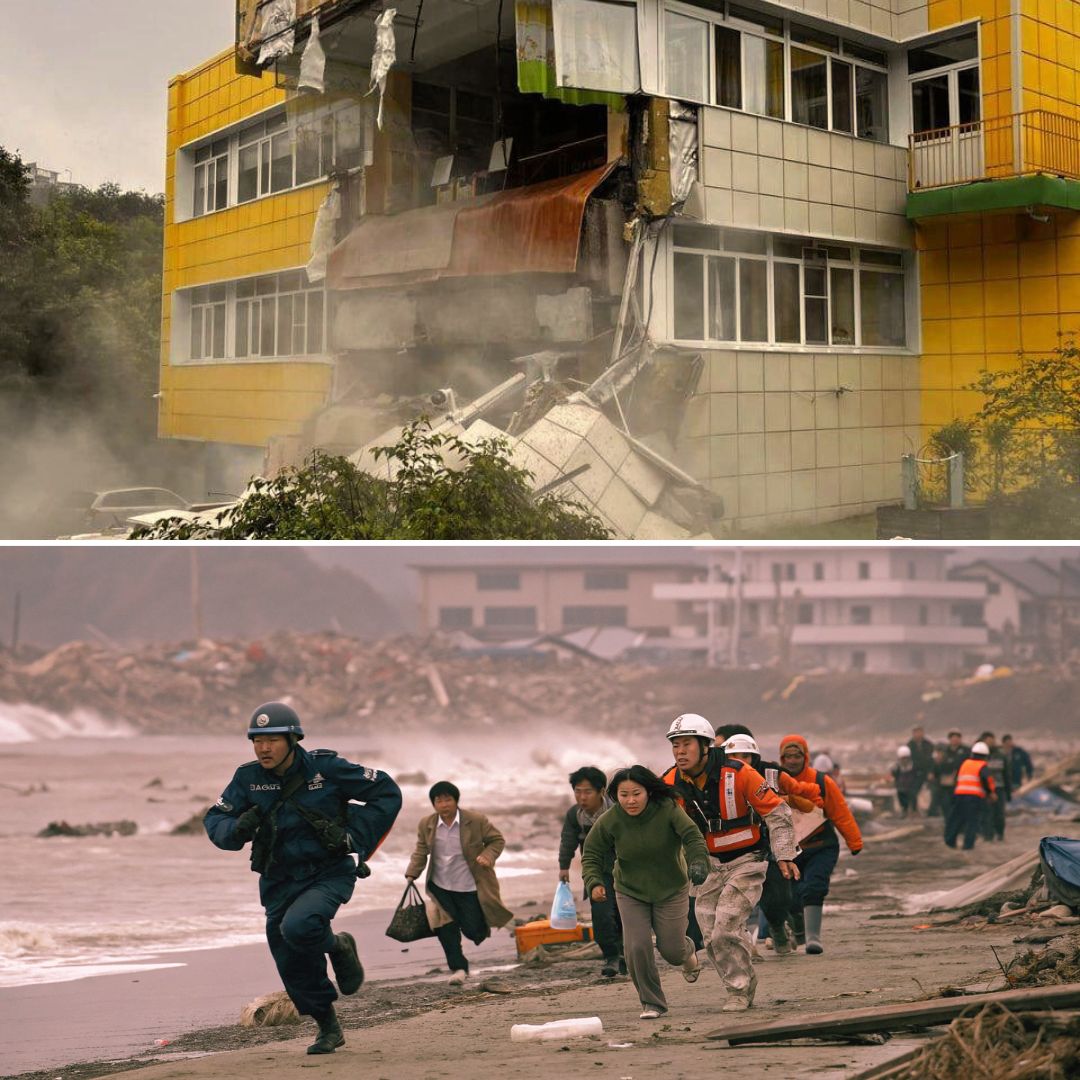A record-breaking magnitude 8.8 earthquake struck off Russia’s Kamchatka Peninsula on July 30, 2025, prompting tsunami alerts across the Pacific, including Japan, Alaska, Hawaii, Guam, and Micronesia. The shallow quake caused severe structural damage and flooding, particularly in coastal Russian towns, but so far no serious injuries or fatalities have been reported.
Emergency services swiftly mobilised to evacuate vulnerable populations and monitor ongoing aftershocks and tsunami risks. Governments across the Pacific Rim collaborated to respond to this major natural disaster as they brace for further seismic activity.
Severe Damage and Evacuations Amidst Tsunami Threats
The earthquake’s epicentre was located approximately 125 km east-southeast of Petropavlovsk-Kamchatsky, at a shallow depth of about 19 km, making its impact especially intense. Kamchatka Governor Vladimir Solodov described it as “the strongest earthquake in decades,” reporting significant structural damage including collapsed buildings and flooding in coastal areas. Footage from Kamchatka shows streets submerged under water and residents evacuating to safer locations.
Severe waves measuring up to 4 metres struck certain coastal towns, prompting mass evacuations across Russia’s Far East. Severo-Kurilsk in the Sakhalin region saw urgent orders to move residents away from the coastline. Meanwhile, Japan’s Meteorological Agency raised tsunami alerts along the Pacific coast, warning of waves between 1 and 3 metres.
The US Tsunami Warning Center issued watches and warnings for Alaska, Hawaii, and the West Coast states, extending advisories even to remote Pacific islands like Guam and Micronesia. Sergei Lebedev, the regional emergency minister, emphasised that the authorities are “doing everything to ensure public safety during this precarious time.”
This mainshock of magnitude 8.8 was preceded by a magnitude 7.4 foreshock just days earlier and followed by multiple strong aftershocks, some reaching magnitude 7.0 and above, highlighting the ongoing seismic unrest in the region.
A Highly Seismic Zone
The Kamchatka Peninsula lies on the Pacific Ring of Fire, an area known for intense tectonic and volcanic activity. This recent quake is the largest in the region since at least 1952 and follows a 7.4 magnitude foreshock less than two weeks earlier, signalling a period of heightened seismic unrest.
Seismologists warn of numerous aftershocks, some potentially reaching magnitudes as high as 7.5, which may continue for weeks. This ongoing uncertainty stresses the need for heightened vigilance and robust emergency response mechanisms.
The quake caused power outages and disrupted communications services in Petropavlovsk-Kamchatsky, complicating relief efforts. Both Russian and Japanese governments have activated their disaster management teams to rapidly assess damage, coordinate aid, and keep the public informed.
The Logical Indian’s Perspective
This catastrophic event is a powerful reminder that natural disasters know no political borders. The swift multi-national response underscores the importance of collaboration in disaster preparedness and crisis management. The Logical Indian advocates for stronger international cooperation on early warning systems, resource sharing, and community education to mitigate the human and environmental toll of such disasters.
In an era where climate change exacerbates volatility and vulnerability, fostering empathy, constructive dialogue, and collective action becomes more critical than ever. Investing in resilient infrastructure, transparent communication, and humanitarian support networks must be global priorities.
😰 Tsunami Strikes Kamchatka Following Massive M8.7 Earthquake – Footage Shows Destruction In Its Wake
— RT_India (@RT_India_news) July 30, 2025
📹 Unified Geophysical Service of the Russian Academy of Sciences.Kamchatka pic.twitter.com/JHTXNkvub2











